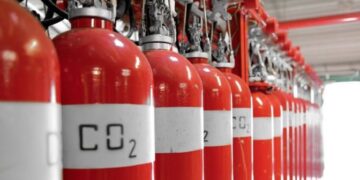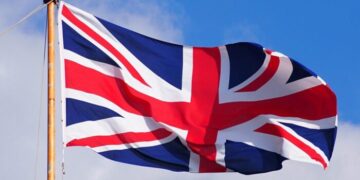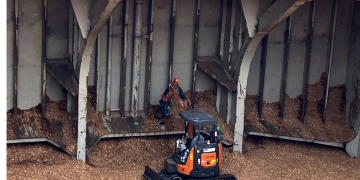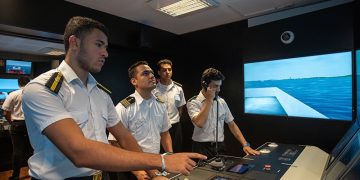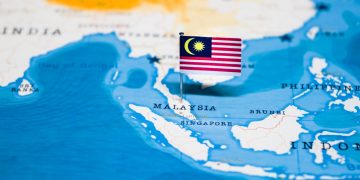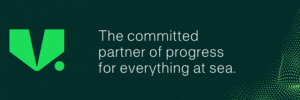The Liquefied Gas Carrier National Center of Expertise, or LGC NCOE, partnered with the American Bureau of Shipping, or ABS, to hold its bimonthly liquefied gas webinar.These webinars are used to train Coast Guard vessel inspectors, facility examiners, pollution responders, security, waterways management personnel and planners around the country, who are or are soon to be involved in the liquefied gas industry.The LGC NCOE works with the private sector to train Coast Guard personnel on the newest technologies.This session was presented by the American Bureau of Shipping. The presentation guided more than 40 Coast Guard units through ABS’s recently released second edition of their report titled, “Bunkering of Liquefied Natural Gas-fueled Marine Vessels in North America.”The presentation provided practical knowledge on LNG bunkering infrastructure, bunkering options, application of US regulations and lessons learned from early adopters. The presentation continued with a deeper understanding of the technical design and operational aspects of LNG bunkering systems to include piping, couplings, loading arms, vapor control systems, communications, monitoring and custody transfers.The seminar educated more than 200 Coast Guard participants who are already, or will soon be, inspecting LNG bunkering operations in ports around the countrySource: USCG Blog In the outbreak, I was frank with ...
Read more




